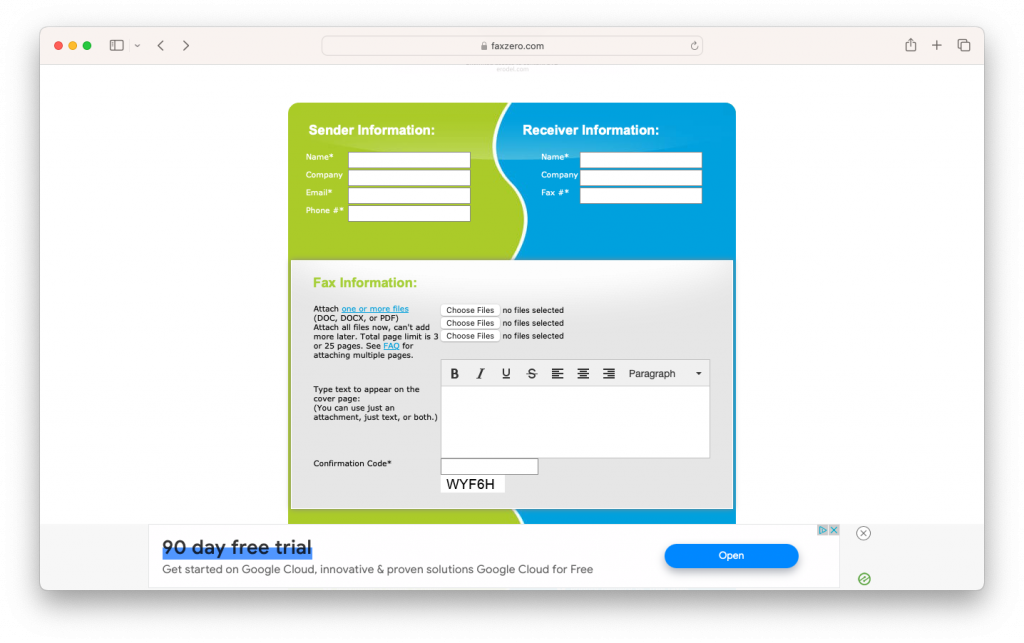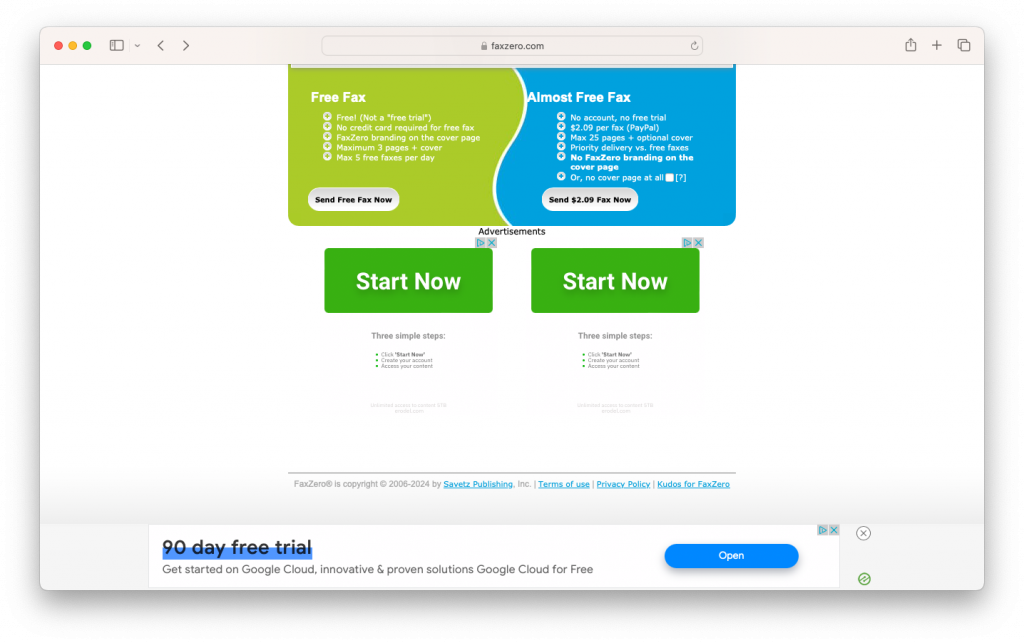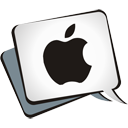Email was a revolution on immediate communications. Thanks to email, we can share documents, photos and files with people across town or around the world in a matter of seconds.
Long before email became a main means of communication, if you needed to get a document to someone instantly, who was any distance away, you probably relied on a fax machine.
A Brief History of the Fax Machine
The history of the fax machine is a fascinating journey of technological innovation spanning centuries.
It began in the 19th century with early concepts by inventors like Alexander Bain, who devised methods for electrically transmitting images. In the 1860s, Giovanni Caselli introduced the Pantelegraph, an early system for long-distance image transmission. Over the following decades, pioneers like Arthur Korn and Edouard Belin made strides in telephotography, paving the way for commercial wirephoto services in the 1920s and 1930s. However, it wasn’t until the 1960s that the modern fax machine emerged, with Xerox’s Magnafax Telecopier using telephone lines for electronic image transmission.
By the 1970s and 1980s, fax machines became ubiquitous in business and government sectors, offering swift document exchange over long distances. With the advent of digital technology, fax machines evolved to incorporate digital transmission methods, enhancing speed and quality.
Even the introduction of the personal computer did not overtake the popularity of the fax machine.
Because early computer communication required connection to a land-line telephone line, most early PCs included a modem card, and quickly evolved to a fax/model card. Now, not only could computer users connect to other computers over phone lines, but with the proper software (usually included with the PC), you could send a fax from the comfort of your own home.
Video Killed the Radio Star and Cellphones Killed the Fax Machine
One of the things that made PC Fax (as it came to be known), so appealing was that you didn’t need high-speed internet in order to use it. In fact, even today, the fastest speed supported by a fax machine is 33.6kbps. That’s a far cry from the speeds being offered by fiber internet service providers today.
As Internet service became more widespread, and speeds increased, PC manufacturers, including Apple moved away from including a fax modem in their products. To fill that void, printer manufacturers introduced all-in-one units. Now, in addition to a printer, you could scan, copy and fax right from your home. It seemed like the fax had beaten the odds of new technology and was here to stay.
But then, on January 9, 2007, something happened that would not only impact the fax machine, but communication as we knew it. On that day, at the Macworld Conference & Expo held in Moscone West in San Francisco, California, Steve Jobs introduced the iPhone.
The iPhone caused a major shift in the cell phone industry and the Android operating system soon followed. These smartphones created a change in communications.
No longer did you call a place like someone’s office or home. Now, you called a person, regardless of their location. While that may not seem like a big deal, what it meant was that people no longer needed a landline in their home, since everyone had their own phone and phone number.
Consider these statistics. Landline phone service know as POTS (Plain Old Telephone Service) has been slowly going extinct, according to data from The Washington Post. Back in 2010, 63% of American adults had both wireless and landline phones. By 2022, 73% of American adults lived in a home without a landline, and only about 1% of adults in the US only use landlines.
Without a landline to connect your fax machine to, and the use of email, the days of needing a fax machine in your home have quickly disappeared.
But Doctor, Can’t I Send you an Email?
While the need for a fax machine in your home has all but gone away, the need for sending a fax hasn’t. Many businesses still have either a stand-alone fax machine or an all-in-one device that includes a fax. And it is not uncommon for legal and medical offices to only accept certain documents as a fax, and not as an email.
So, if you need to send a fax these days, what can you do?
If you need to send a fax, you can find a variety of locations that offer faxing services. Retail locations like Staples and The UPS Store offer faxing services for a fee, usually based on how man y pages you need to fax. But those options won’t help you late at night, when these locations are closed, or if the weather is bad and you really don’t want to go out.
The other option is Internet Faxing Services. Do a Google search on Internet faxing and there is no shortage of options. But many of these services charge a monthly fee for a number of included faxes or pages. Other require you to set-up an account and charge by the fax.
Take a Look at faxZERO
A short time ago, we needed to send a one-page fax to an office. After trying several Internet fax services and getting frustrated with the requirements and the cost, we discovered faxZero.
With faxZERO, you truly do get the opportunity to send a small fax, right from your computer, for free.
We want to be clear that this review is not sponsored by faxZero, they have not paid for this placement, and probably don’t even know we have written this review.
The faxZERO service could not be easier to use.
To send a fax, just head over web site at: www.faxzero.com

The web page is pretty bare bones, and truth be told, is a little misleading. The natural tendency would be to click the big green Start Now button, but really, all you should do is scroll down the page.

That is where you actually send the fax.
Fill in the Sender and Receiver information requested and either attach up to three files, or type your message in the space provided below. You can also do both, attach files and type a message.
That’s all there is to it. No accounts to set up, no credit cards to enter, just a free fax.
For larger documents (up to 25 pages) there is a slight fee of $2.09, which removes the faxZERO branding on the cover page and provides priority sending service.
We used the free service and within a few minutes, we received an email confirming that the fax had been delivered to its intended recipient (phone number).

The Bottom Line
These days, there aren’t a lot of opportunities to send a fax, but when you do, it’s nice to know that there are free options that works well and is free, or almost free depending on your needs.
We think faxZERO is a great service and definitely one you should look into.
If you liked this article, please consider sharing it with your friends and leaving a comment below. Also, don’t forget to “Like” us on Facebook, “Follow Us” on Twitter and add the Apple Tech Talk channel to your Apple News app.
And if you haven’t subscribed to Apple Tech Talk, now would be a great time to do it so. Just scroll down to the form below and enter your name and email address. Then you’ll receive a notification whenever we post new articles. Don’t worry, we never sell or share your information. While you’re at it, check out our YouTube channel (here) where you will find video on interesting products any Apple enthusiast would love.



This is so great to know about. We have been wondering what to do since we gave up our landline and therefore our PC Fax capability. Many thanks.
Very useful information. I would suggest adding http://www.GotFreeFax.com as an alternative to FaxZero. http://www.GotFreeFax.com allows users to send free faxes online and is more mobile-friendly. Additionally, it does not add branding to your fax cover page. You can also receive faxes with its free shared fax number.